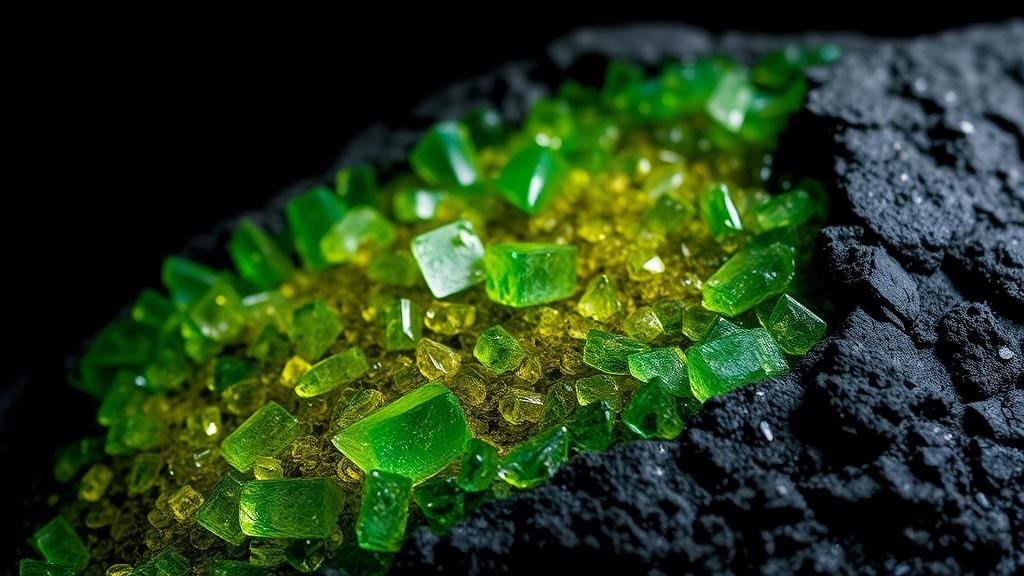Tektite Trails: Unearthing Glass Formed by Cosmic Impact Forces
Tektite Trails: Unearthing Glass Formed by Cosmic Impact Forces
Tektites are intriguing natural glass formations created through the intense heat and pressure of cosmic impacts. They attract both rockhounds and mineral collectors due to their unique origins and striking appearances. Understanding tektites not only enhances a collectors knowledge but also allows enthusiasts to discover the remarkable history captured in these glassy objects.
The Formation of Tektites
Tektites are formed when a meteorite strikes the Earth, unleashing a vast amount of energy–comparable to a nuclear explosion. This energy melts surrounding terrestrial material, which is then blasted into the atmosphere. As the molten glass cools and eventually falls back to Earth, it solidifies into small glassy objects known as tektites. Typically, these formations have been dated to around 780,000 years ago, coinciding with significant meteorite impact events.
Types of Tektites
Among numerous varieties, the most commonly recognized types of tektites include:
- Libyan Desert Glass: Often found in the Sahara, this yellowish-green glass can be traceable back to an impact event in the region around 29 million years ago.
- Indochinite Tektites: Predominantly found in Southeast Asia, these are associated with the impact that is believed to occur around 800,000 years ago.
- Moldavite: Originating from the Czech Republic, this unique dark-green glass is tied to a meteorite impact 15 million years ago.
Physical Properties and Applications
Tektites possess unique physical properties, which make them appealing to collectors:
- Color: Ranging from deep green to translucent yellow, the coloration reflects the local geological materials.
- Weight and Density: Typically, tektites are lightweight and exhibit a glass-like texture with a density between 2.3 to 2.5 g/cm³.
- Surface Texture: Many tektites feature unique etched patterns or pitting, known as aerodynamically shaped forms, due to their rapid cooling during their trajectory through the atmosphere.
Collecting Tektites: Tips and Best Practices
For those interested in starting or enhancing their collection of tektites, consider the following practical tips:
- Research Locations: Essential locations for finding tektites include the Libyan Desert, the Czech Republic, and Southeast Asia. Understanding the geographical context can help target specific sites that are rich in these specimens.
- Validate Authenticity: Ensure to verify the authenticity of tektites. As demand grows, so does the risk of counterfeit pieces entering the market.
- Use Appropriate Tools: Equip yourself with tools such as a magnifying glass to examine surface features and a field guide for identification.
Future Implications and Enthusiasm for Tektite Research
The study of tektites remains a fascinating field. Their formation can provide insights into both Earth and cosmic processes, offering a window into historic meteorite impacts. Also, as climate change and other environmental factors continue to alter our planet, understanding the geological implications of such impacts will become increasingly pivotal.
Conclusion
For rockhounds and mineral collectors, tektites are more than just unique glass formations; they are remnants of cosmic history. By pursuing these remarkable artifacts, collectors not only appreciate their beauty but also participate in an ongoing dialogue with the planets geological past. Whether youre starting your collection or adding rare specimens to an existing one, knowledge about tektites will undoubtedly enrich your experience and connection to these stunning natural wonders.



